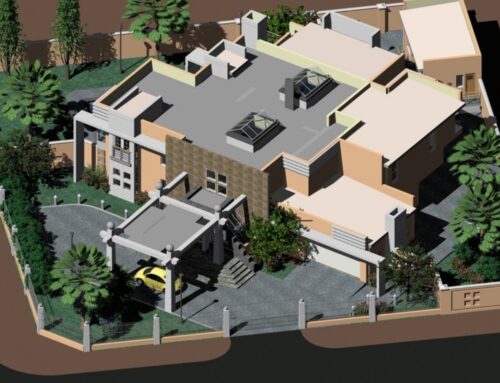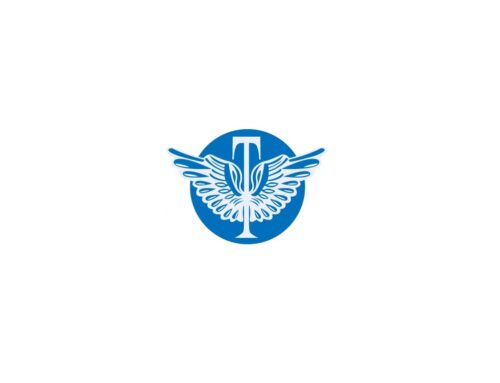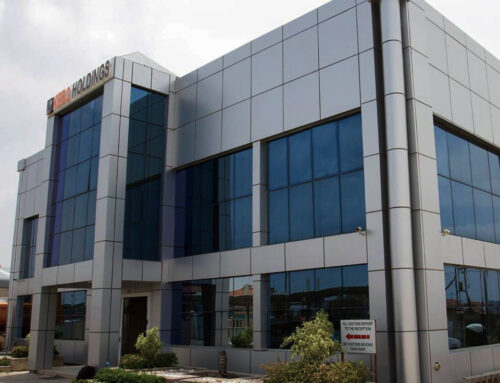
Kgosi Puso Gaborone, Chairman of Ntlo ya Dikgosi (loosely translated as House of Chiefs), discusses Botswana’s traditional leadership structure based on local chiefs heading communities. He notes that Botswana has preserved this traditional system, which now works hand in hand with the country’s government leaders.
European Times: What is the role of the Ntlo ya Dikgosi in Botswana today?
Kgosi Puso Gaborone: Traditional Chiefs take care of their communities, promote their people’s welfare, and encourage community self-reliance. We are the guardians of a community’s soul. Ntlo ya Dikgosi is a platform where our traditional leaders can meet and talk about what is happening in our tribes. We are also the link between our people and the Government. When Botswana achieved independence, it preserved its traditions. We retained traditional system of governance which has now been infused within modern governance through the establishment of Ntlo ya Dikgosi Chamber; as such we work hand-in-hand with the government so that we can all move forward. We are working together to develop our country. Ntlo ya Dikgosi plays a purely advisory role in Government, but Botswana’s lawmakers do come to us for advice. We are the voice of the people of Botswana.
European Times: How is the Ntlo ya Dikgosi organised?
Kgosi Puso Gaborone: The House of Chiefs had fifteen (15) members until 2006. Ever since, after a decision to broaden representation in the Ntlo ya Dikgosi, it has 35 members. Members are chosen based on three factors. First category is made up of those who perform the functions and duties of office of Kgosi (Chief) in their respective community. The second category comprises of members who are elected by the Regional Electoral College made up of Dikgosi (chiefs) for that region while the third is made of five nominated members. Botswana has 22 regions and each sends one or more representatives, depending on the region’s population. Some regions have only one representative while other have up to seven. Specially nominated members are appointed by the President.
European Times: In addition to representing their communities in the Ntlo ya Dikgosi, what do traditional leaders do?
Kgosi Puso Gaborone: Chiefs spend much time in their communities than they do meeting with other chiefs in the Ntlo ya Dikgosi. They develop projects for the community, call public meetings to bring community members together to discuss certain issues, and in general make sure the community functions productively and that all members of the community are being cared for. Chiefs lead discussions on how communities can sustain themselves, for example, concerning food production, protection of the needy or cultural activities. Each chief oversees the day-to-day affairs of his community.




